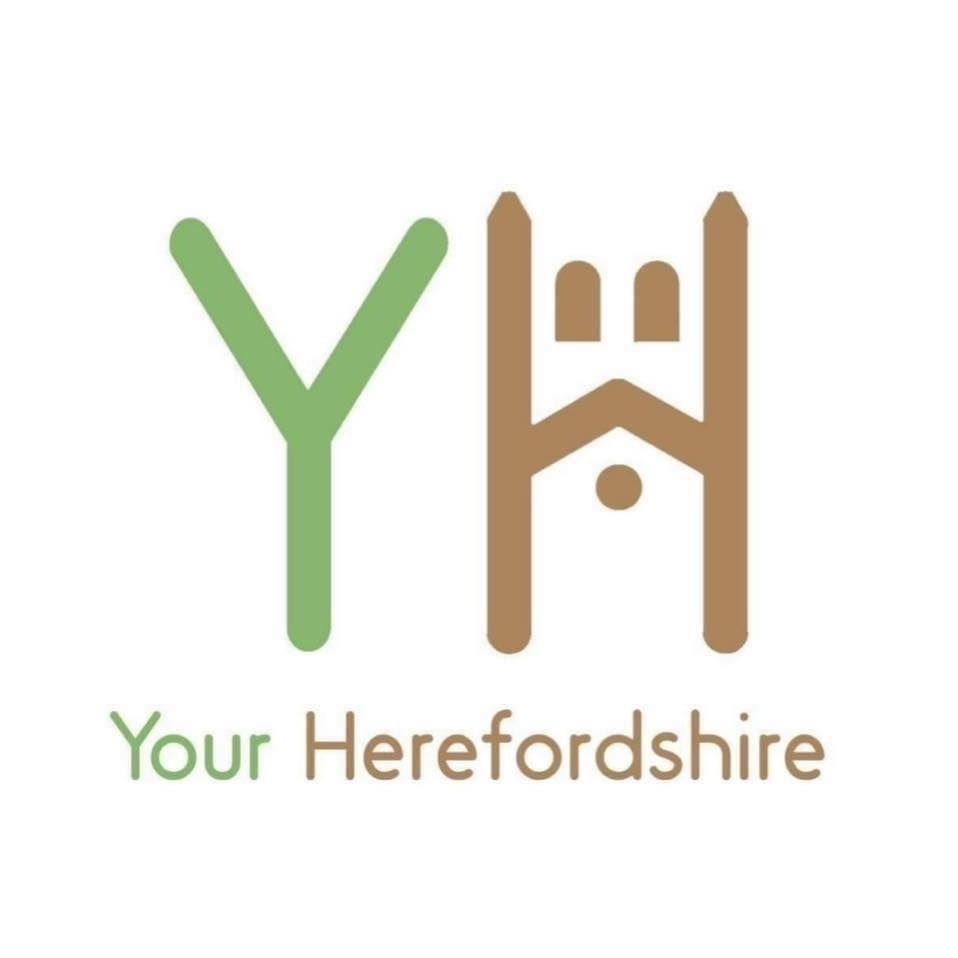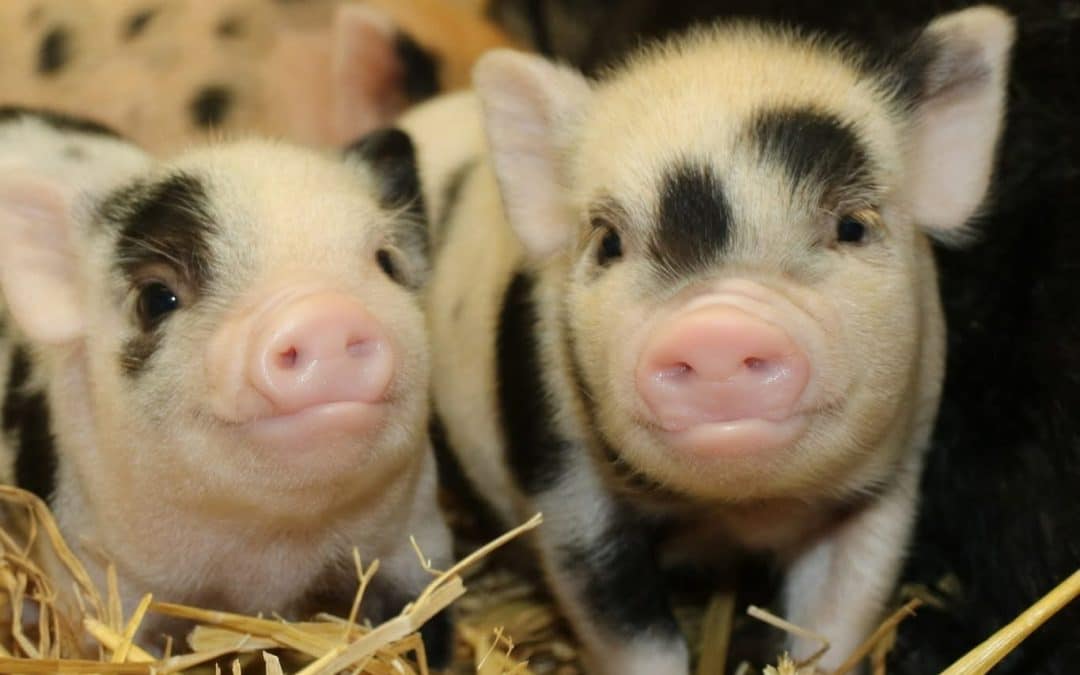The Small Breeds Farm Park in Herefordshire is the perfect place to visit this summer holidays.
Discover the animals at the Small Breeds Farm Park Set in a glorious rural environment you have a unique opportunity for a close encounter with many rare, miniature and very special friendly animals.
Here are some of the animals you can see:
BOER GOAT
Capra Aegagrus Hircus
The Boer goat has been selectively bred by humans as a meat animal. Due to careful breeding Boer goats have a high resistance to disease and are well adapted to arid, semi-desert conditions that are common in South Africa.
JACOB SHEEP
Ovis Aries
The Jacob sheep is another domestic breed though the origins of which are not known.
They are a hardy breed that has had very little human intervention and so retain many of the characteristics of native breeds.
VALAIS BLACKNOSE SHEEP
Ovis Aries
The Valais Blacknose is a domestic breed originating from Valais, switzerland. They are a large, tough animal with a thick fleece that protects them from the harsh weather and are well-adapted to grazing upon the snowy, stony pastures where they originate from.
ANGORA GOAT
Capra Aegagrus Hircus
The Angora goat is a domestic breed that originates from Asia minor. Its unique hair is called mohair and has been selectively bred by humans to be used in clothing since the fifth century BC.
ALPACAS
Vicugna Pacos
The alpaca was domesticated thousands of years ago and is the ancestor of the still wild vicuña. Alpacas are still kept today in large herds that graze the plains at an altitude of 3,500 to 5,000 metres across the Andes, Western Bolivia, Ecuador, and Northern Chile.
PYGMY GOATS
Capra Hircus
The Pygmy goat is a very friendly and intelligent animal. They originate from Africa where they are bred as meat goats. You may notice our goats are rather ’round’ in shape. This is completely normal. Goats are ruminants which means they have a 4 chambered stomach.
RYELAND SHEEP
Ovis Aries
Ryeland sheep are one of the oldest English sheep breeds and were first recorded as having been bred by monks in Leominster, Herefordshire seven hundred years ago.
They are naturally hornless, or ‘polled’ and neither males nor females will develop horns.
GUINEA PIGS
Cavia Porcellus
The guinea pig, or cavy, is a domestic animal that are still found wild today.
Guinea pigs are not especially agile nor are they good climbers but they can swim. They naturally live in large groups called ‘herds’ and when threatened they ‘stampede’, which involves running in different directions in order to confuse the predator.
QUAILS
Excalfactoria Chinensis
The Chinese Painted Quail is about 4-5 inches in height. They are ground dwellers and love to sit on top of their houses to watch the world go by. When they are frightened they fly straight up and can cause themselves quite serious injuries if their cage has a low roof.
RABBITS
Oryctolagus Cuniculus Domesticus
The domestic rabbit is the descendent of the wild European rabbit commonly seen in fields and woodlands throughout Europe.
Rabbits have a natural instinct to dig in order to create warrens in which they sleep and raise their young. They also must have company and are a highly social animal.
THREE TOED BOX TORTOISE
Terrapene Carolina Triunguis
The three toed box turtle is native to the south-central United States. They also have a shell that is hinged underneath meaning they can retract their head and legs and then close the shell entirely to protect them from predators.
There are also many, many more animals to see during your visit!
Open every day from 10.30am-5pm.
Small Breeds Farm Park, Kington, Hereford Herefordshire. HR5 3HF.
Call – 01544 231109
Email – info@owlcentre.com

